What is Title 42 and is it ending? The US border immigration policy, explained
- Oops!Something went wrong.Please try again later.
The pandemic-era border restriction known as Title 42 has been used to rapidly expel migrants nearly 3 million times since it was enacted in 2020.
Title 42 allows U.S. officials to swiftly expel migrants seeking asylum at the nation's borders and shutter ports of entry. The restriction has hindered asylum access in the country for over three years and has survived two attempts to rescind the policy.
Barring a last-minute court filing, the restriction is expected to expire on May 11.
Here are some answers to your questions about Title 42.
What is the Title 42 policy at the border?
Title 42 is a rarely used section of the U.S. Code dating back to 1944 that relates to public health and welfare. Under section 265 of the code, the director of the Centers for Disease Control and Prevention is allowed to prohibit the entry of non-citizens into the country if they believe there’s a "serious danger" of the introduction of a communicable disease into the U.S.
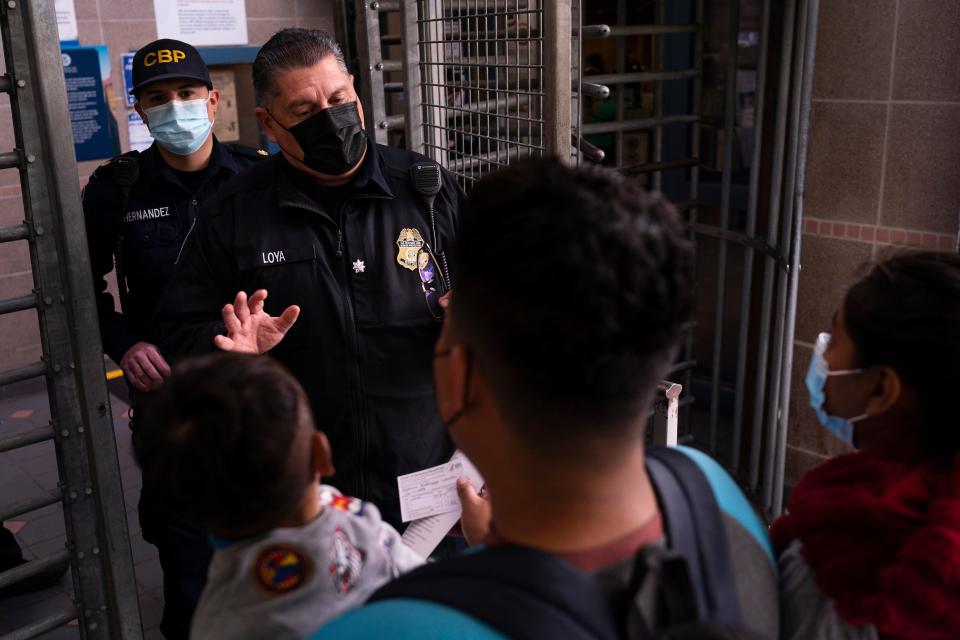
Title 42 was first invoked under the Trump administration during the pandemic in March 2020, with the reasoning it would mitigate the spread of COVID-19 in immigration facilities.
The policy, however, has continued to be used under the Biden administration as a tool to manage migration flows at the southern border even as the public health emergency has subsided.
When will Title 42 end?
President Joe Biden announced in February that the end of the COVID-19 pandemic public health emergency on May 11 will also end Title 42.
The fate of the restriction was previously in the hands of the U.S. Supreme Court.
Title 42 was set to lift on Dec. 21 but was allowed to remain in use by a last-minute order by Chief Justice John Roberts. On Dec. 27, the high court ruled that the border restriction must continue as it weighs the arguments in the case.
Potential end: Title 42 limits on migration could be ending. What could happen next?
The order stemmed from a request by an Arizona-led coalition of 19 conservative states that asked the court to intervene in the case.
The lifting of the public health emergency, however, mooted the Supreme Court case.
What plans are in place once Title 42 ends?
U.S. officials are expecting the number of migrant encounters at the southern border to increase to 10,000 a day after May 11. The Biden administration has announced a patchwork of plans and policies ahead of Title 42’s sunset in order to manage migrant encounters at the border.

Here’s what they are:
Increase the use of expedited removals for migrants who can’t establish a legal basis in the country or fail their credible fear interview.
Establish regional processing centers, starting in Colombia and Guatemala, where migrants can book appointments to determine if they’re eligible for lawful pathways to Canada, Spain and the U.S.
Impose harsher consequences for unlawful entry into the country, including a five-year ban from reentry.
“Double or triple” deportation flights for migrants from some countries.
Establish a potential rule that would require migrants to apply for and be denied asylum in one of the countries they passed through on their way to the U.S.
Biden also is deploying 1,500 troops to El Paso, but Homeland Security Secretary Alejandro Mayorkas said May 7 that they can be moved elsewhere along the border if necessary. They will not take part in enforcement activities, but will perform administrative tasks that will allow more Border Patrol agents to get out into the field.
How does Title 42 affect the Arizona border?
Title 42 has been applied differently in Arizona's two U.S. Customs and Border Protection sectors.
In the Tucson sector, which covers 262 miles between New Mexico and Yuma County, nearly 47% of encounters ended with a Title 42 expulsion thus far in fiscal year 2023, according to CBP data.
Is Border Patrol ready? US officials offer few details on plans when Title 42 policy lifts
In the Yuma sector, slightly over 7% of encounters ended with a Title 42 expulsion.
The differences are mainly related to the nationality of the migrants apprehended.
The number of migrants Border Patrol agents must process will “likely be double or greater” once Title 42 is lifted, placing further strain on the agency, according to a September U.S. Department of Homeland Security Office of Inspector General report.
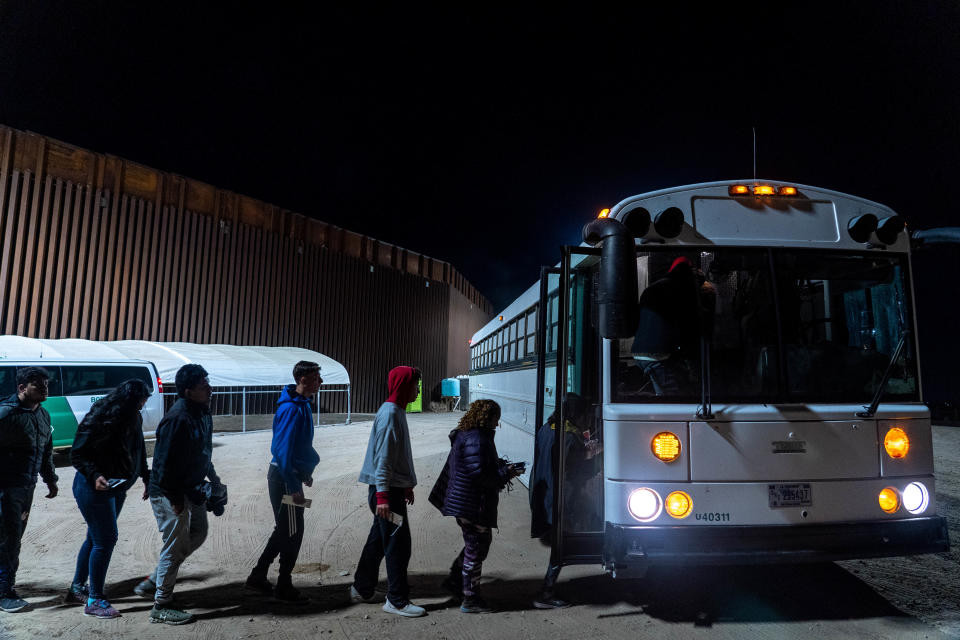
The report documented that “guidance to agents on when Title 42 goes away is scarce” and there are no plans for what processing alternatives could be used when the border restriction ends. The report found that Border Patrol is “unprepared” to meet the increase in processing and placement burdens.
Biden recently announced that 1,500 active-duty troops would be deployed to the U.S.-Mexico border ahead of May 11. Army and Marine Corps personnel will be tasked with helping relieve Border Patrol agents by performing administrative duties, such as data entry and ground-based detection.
Who does Title 42 apply to?
The order has been used more than 2.6 million times in encounters with migrants. The restriction has bottled up tens of thousands of migrants in Mexican border communities who are waiting for their chance to request asylum in the U.S.
There are roughly 660,000 migrants currently in Mexico, acting CBP Commissioner Troy Miller told the House Appropriations Homeland Security Subcommittee on April 19.
The number of migrants comes in addition to the 287,000 internally displaced Mexican nationals, according to United Nations statistics Miller cited.
For over three years, the policy has been used to rapidly expel migrants and asylum seekers to Mexico or their home countries.
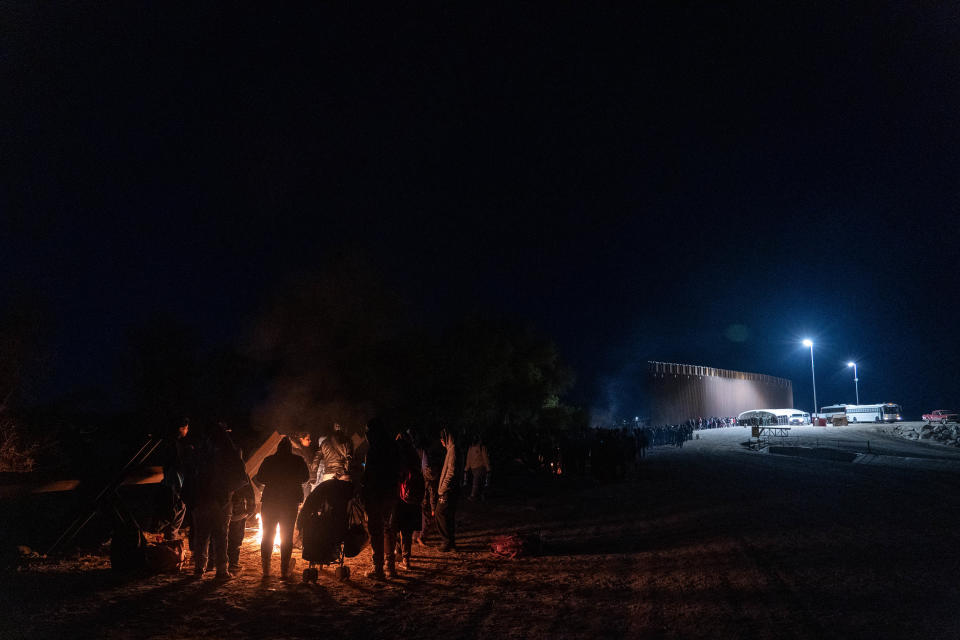
Ports of entry have largely turned away asylum-seeking migrants with few exceptions granted through humanitarian parole. With official ports closed, many migrants have resorted to requesting asylum between ports of entry, often taking more remote and dangerous routes.
Why are some migrants not expelled under Title 42?
Title 42 has been primarily applied to migrants from Mexico, Venezuela and the Northern Triangle countries of Guatemala, Honduras and El Salvador. Under agreements with Mexican government authorities, nationals from these countries can be sent back across the land border to Mexico.
In October, the Biden administration expanded the scope of Title 42 to include Venezuelan migrants, a population that had been exempt from the restriction.
Biden further expanded the use of the restriction in early January when he announced that migrants from Cuba, Haiti and Nicaragua could also be quickly expelled to Mexico.
Border rhetoric: 'Border invasion' becomes talk of GOP candidates. Here's what to know
The expansion of Title 42 for those four nationalities was married with parole programs for migrants from those countries.
The programs allow for 30,000 people from Venezuela, Cuba, Haiti and Nicaragua to apply for parole each month. Applicants would receive a two-year work permit if they pass a rigorous application process and have a qualifying sponsor in the U.S.
At the same time, Mexico agreed to take 30,000 expelled migrants from those four countries per month.
All other nationalities, except for Ukrainians, are subject to be sent back to their home country or to a country that has agreed to receive them.
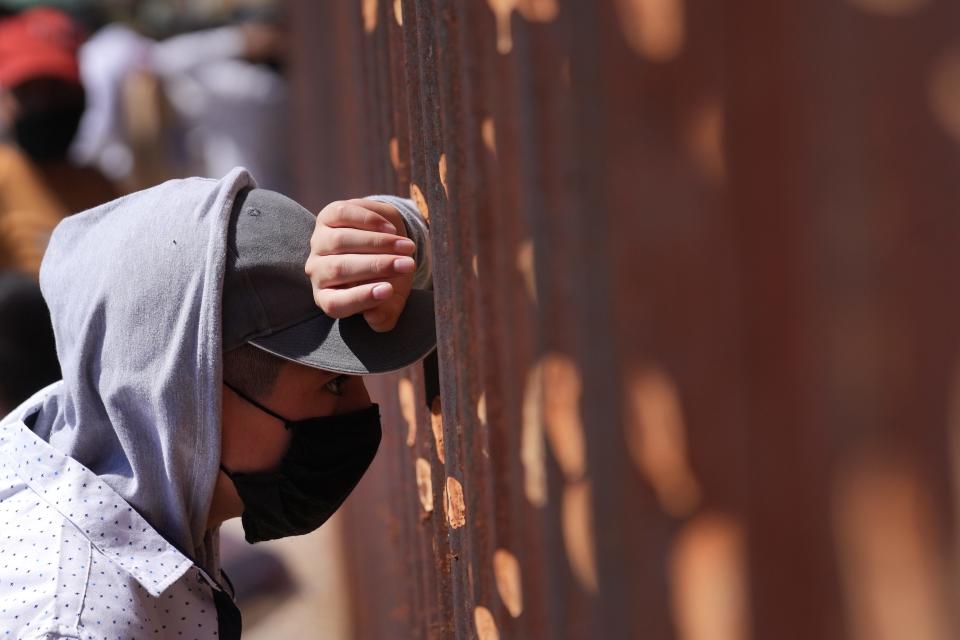
Still, migrants from other countries are less likely to be rapidly deported under Title 42 because of frosty U.S. relations with their home countries.
Sometimes border officials cannot immediately expel migrants to Mexico or their countries of origin under the policy, such as unaccompanied children who are exempt from the restriction.
Can asylum seekers request exemptions from Title 42?
Yes, asylum seekers can request exemptions from Title 42 through the mobile government application, CBP One.
Migrants can schedule appointments at certain ports of entry where U.S. officials will determine if they can enter the country to request asylum.
Once Title 42 expires, the app will be used to process all migrants seeking asylum.
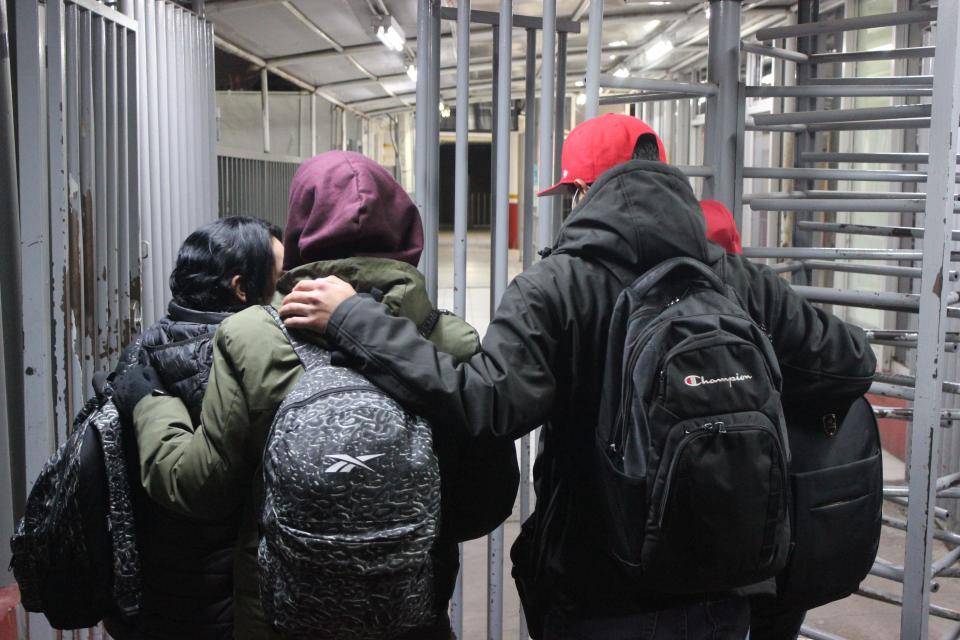
Migrants and advocates have decried the glitchy app that is rampant with setbacks and obstacles. The app often freezes and kicks users out at critical points in the application process.
Families have been separated due to not being able to book an appointment together and the app has had difficulty in recognizing people with darker skin tones.
CBP One: This family fled Mexico and sought asylum through an app. Not everyone is so lucky
Additionally, too few daily appointments are released to meet the number of asylum seekers trying to book a time along the U.S.-Mexico border.
How does Title 42 affect asylum seekers?
Migrants have decried Title 42 as it has impeded their ability to seek asylum in the U.S. while they’re fleeing violence, threats and economic instability in their home countries. Advocates have criticized the policy that has forced asylum seekers to wait in Mexican border communities for months, facing discrimination and dangerous conditions at the hands of organized crime.
Title 42: Migrants remain in limbo as border health restriction’s future remains uncertain
Mexican cartels and criminal organizations have repeatedly preyed on the vulnerable migrant population that is stranded in Mexico to fuel their lucrative profits. If migrants are expelled under Title 42, they’re swiftly thrust back into the clutches of the awaiting cartels and coyotes, sometimes, in a matter of hours.
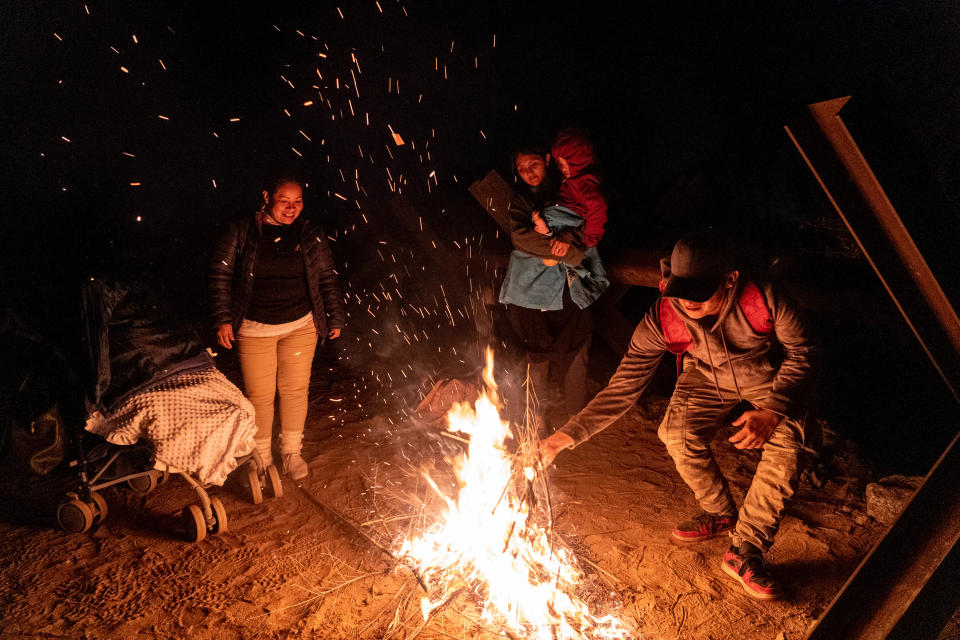
The nonprofit Human Rights First has documented more than 13,400 reports of “murder, torture, kidnapping, rape” and other violent attacks against migrants expelled to Mexico under Title 42 since Biden first took office.
The continuation of Title 42 has forced asylum seekers to remain in a limbo of perilous conditions as they await their opportunity to seek asylum.
'Overwhelming': As Title 42 policy winds down, community leaders on border detail preparations
How did Title 42 get to the Supreme Court?
On Nov. 15, U.S. District Judge Emmet Sullivan in Washington, D.C., vacated the policy and gave the Biden administration five weeks to prepare for the end of the restriction, slating the restriction for a Dec. 21 end.
The Biden administration subsequently appealed Sullivan's order, focusing on the authority of the U.S. Centers for Disease Control and Prevention to issue orders regulating migration.
Title 42: Judge blocks border health policy, expulsion of migrants
After Sullivan's ruling, Arizona, alongside a coalition of other Republican-led states, filed a motion to intervene in the case in an effort to delay the end of Title 42. In the motion, the states argued that the Biden Administration had "abandoned their defense" of Title 42 by only asking for a five-week stay.

A federal appeals court then rejected a bid from the group of Republican states to intervene in the case, clearing a path for the litigation to head to the Supreme Court.
On Dec. 19, two days before Title 42 was set to expire, the Arizona-led coalition of states filed an emergency appeal to the Supreme Court, asking the high court to keep Title 42 in place.
“Getting rid of Title 42 will recklessly and needlessly endanger more Americans and migrants by exacerbating the catastrophe that is occurring at our southern border,” Arizona Attorney General Mark Brnovich, a Republican, said in a news release announcing the emergency request.
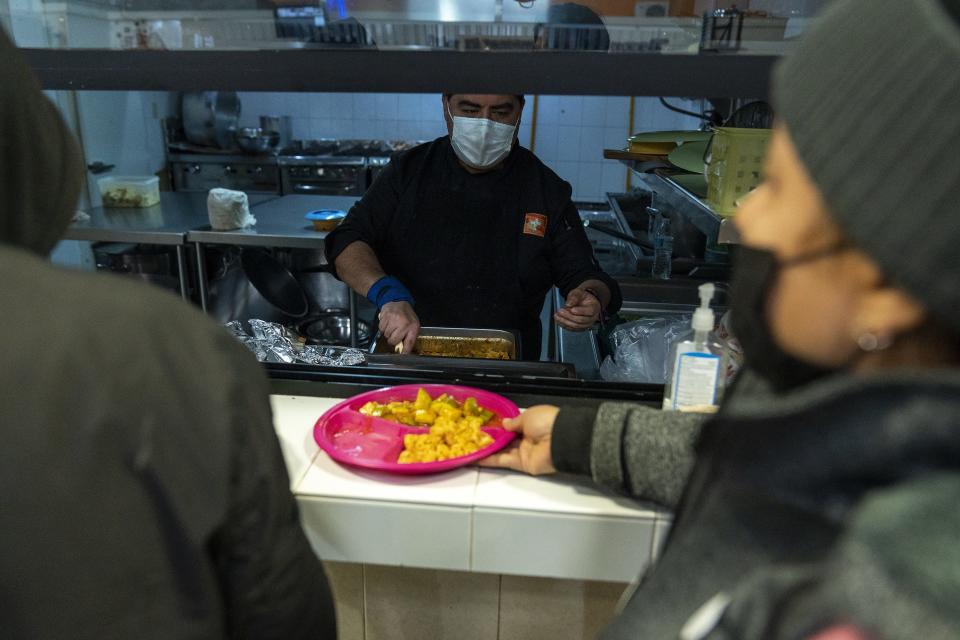
That same day, the Supreme Court then issued a temporary stay on the restriction before ordering the policy to remain in place on Dec. 27.
What happened when Title 42 was ending in May 2022?
In April 2022, the CDC determined that the public health order was no longer necessary after considering the array of mitigation measures and the low community levels of COVID-19 nationwide. Their public health assessment found that 97% of the U.S. population lives in counties with low levels of COVID-19.
Title 42 repeal: Judge's ruling blocking the repeal of Title 42 divides Arizona politicians, communities
CDC officials announced Title 42 would be terminated on May 23, 2022, to "enable the Department of Homeland Security to implement appropriate COVID-19 protocols."
In May 2022, a federal judge in Louisiana blocked the Biden administration from rescinding Title 42, leaving the policy in place.
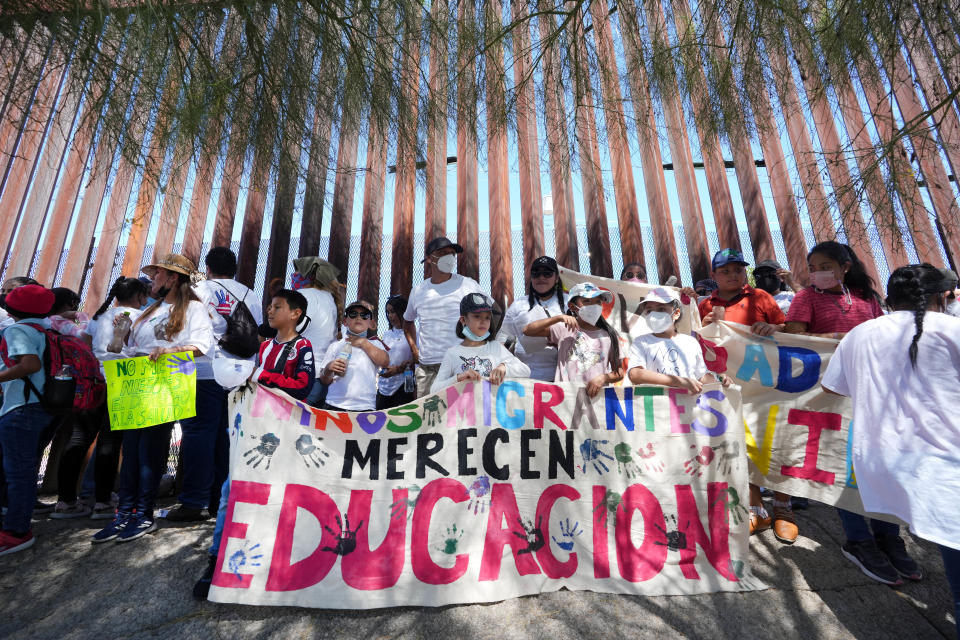
U.S. District Judge Robert Summerhays, from the Western District of Louisiana, placed the temporary restraining order to stop the administration from moving forward. His decision stemmed from a lawsuit filed by Brnovich, along with 20 other Republican attorneys general, in April 2022.
Have a news tip or story idea about the border and its communities? Contact the reporter at josecastaneda@arizonarepublic.com or connect with him on Twitter @joseicastaneda.
This article originally appeared on Arizona Republic: What is Title 42? The US border policy, explained

